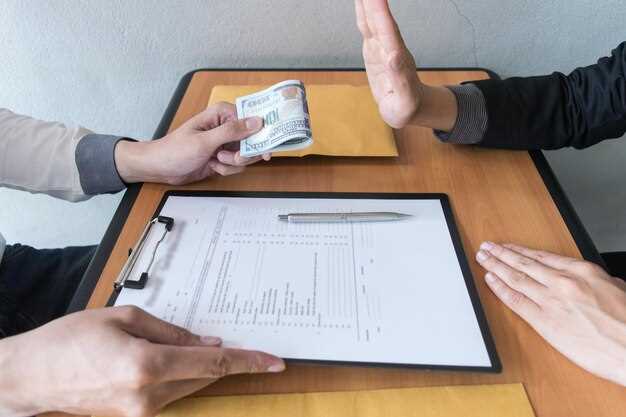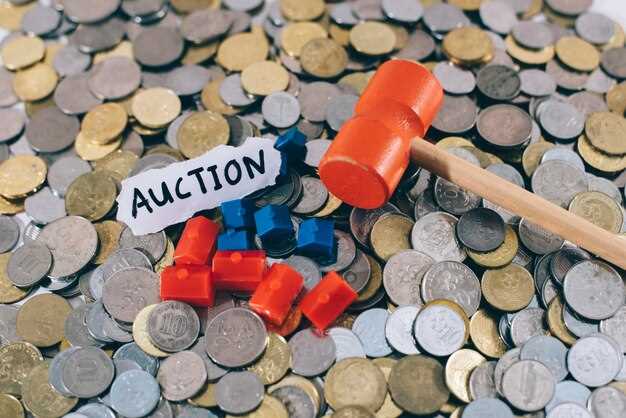
When participating in an auction, many bidders focus primarily on the price of the item they wish to acquire. However, it’s crucial to recognize that the final cost can significantly extend beyond the initial bid. Auction fees and various hidden costs can quickly add up, impacting your overall expenditure and potentially leading to unanticipated financial burdens.
In this article, we will demystify the complexities surrounding auction fees and related expenses. Understanding these charges is essential for any bidder, whether you’re a seasoned collector or a first-time participant. We will explore common fees associated with auctions, such as buyer’s premiums, listing fees, and additional charges that may not be readily apparent.
By gaining clarity on these aspects, you can make informed decisions and budget more effectively for your auction ventures. Join us as we break down the typical costs involved in auctions and provide you with the knowledge needed to navigate this exciting marketplace confidently.
Understanding Bidding Fees: What to Expect at Auctions
Bidding fees are an essential aspect of the auction process that participants must understand to make informed decisions. These costs can significantly impact the overall price of an auction item. When participating in an auction, it is crucial to be aware of the various fees that may be applicable.
One common type of fee is the buyer’s premium. This fee is a percentage of the winning bid, added to the final sale price. For instance, if an item sells for $1,000 and the buyer’s premium is 10%, the total amount due will be $1,100. This fee is usually set by the auction house and can vary widely, so always check the specific terms before bidding.
Additionally, some auctions may apply registration fees when participants sign up to bid. These fees can cover administrative costs and sometimes provide access to special auction features. Understanding whether these fees apply and their amounts can help bidders budget effectively.
Another important aspect to consider is the payment processing fees, which could be applied if using credit cards or certain payment platforms. These fees can reduce your bidding budget further and should not be overlooked when calculating the total cost associated with a purchase.
Lastly, commission fees can be relevant for sellers but may indirectly affect buyers. If a seller has to pay significant commissions to auction houses, they may adjust their selling price, ultimately influencing bidders’ costs. It’s advisable to consider how seller fees may impact the prices you are willing to bid.
In summary, understanding bidding fees is crucial for anyone looking to participate in auctions. By familiarizing yourself with these various fees, you can ensure a more transparent and cost-effective bidding experience.
Common Hidden Costs in Auction Purchases: A Comprehensive Breakdown

When participating in auctions, buyers often focus on the final bid price, overlooking several hidden costs that can significantly impact the total amount paid. Understanding these fees and additional charges is crucial for a successful auction experience.
Buyer’s Premium: One of the most common hidden costs is the buyer’s premium. This fee, typically expressed as a percentage of the final bid, is added to the hammer price and varies by auction house. It can range from 5% to 25%, drastically increasing the total amount payable.
Sales Tax: Depending on the jurisdiction, sales tax may also apply to auction purchases. This tax is calculated based on the final sale price, including the buyer’s premium. Buyers should verify the local tax rates to avoid unexpected costs.
Shipping and Handling: After winning an auction, many buyers underestimate the costs associated with shipping and handling. Auction houses may charge for packing, shipping materials, or even delivery. It’s essential to inquire about these fees beforehand to budget effectively.
Condition Reports: While some auction houses provide detailed condition reports for items, others may charge a fee for this service. Understanding the condition of a purchased item is crucial, so factor in potential costs for obtaining thorough documentation.
Payment Processing Fees: Some auctions impose additional fees for certain payment methods, especially credit cards. These processing charges can range from 2% to 5%, slightly inflating the overall purchase price. Always check the payment options and their associated costs.
Return Shipping Fees: In cases where items are not as described, buyers may wish to return them. However, auction houses often require buyers to cover return shipping costs, adding another layer of expense. Be aware of the auction house’s return policy before making a bid.
Restoration or Repair Costs: Occasionally, purchased items may require restoration or repairs. Buyers should consider the potential costs involved in bringing items to their desired condition. Researching and budgeting for this prior to bidding is wise.
In conclusion, being aware of these common hidden costs will help buyers navigate the auction process more effectively. By taking into account the numerous fees and charges, participants can make informed decisions and avoid surprises when the final bill arrives.
How to Calculate Total Expenses When Buying at Auctions

When participating in auctions, understanding total expenses is crucial for making informed decisions. Buyers often overlook various fees associated with bidding, which can significantly impact the final purchase price. Here’s how to accurately calculate your total expenses.
First, begin with the hammer price. This is the final bid amount that you win the item for. Once you’ve established this, you need to consider the auction fees that the auction house charges. These fees can vary widely, typically ranging from 5% to 20% of the hammer price. Always check the auction house’s website or catalog for detailed fee structures.
Next, consider additional costs such as buyer’s premium. This is a percentage added to the hammer price, which buyers must pay on top. For example, if you win an item for $1,000 and the buyer’s premium is 10%, you will need to pay $1,100 in total.
In addition to these fees, factor in potential shipping costs. If the auction item needs to be delivered, transport fees can add up quickly. Always inquire about shipping policies and fees beforehand to avoid surprises.
Don’t forget to include taxes in your calculations. Depending on your location and the auction house’s policies, you may be required to pay sales tax on your purchase. This can further increase your total expenses, making it essential to verify tax obligations prior to bidding.
Finally, if you’re purchasing high-value items, consider whether any insurance fees will apply. Protecting your investment may require additional financial consideration, especially for items that are unique or particularly valuable.
In summary, to accurately calculate your total expenses when buying at auctions, add the hammer price, auction fees, buyer’s premium, taxes, shipping costs, and any necessary insurance. By being aware of these expenses upfront, you can avoid unexpected financial burdens and make more strategic purchasing decisions.

